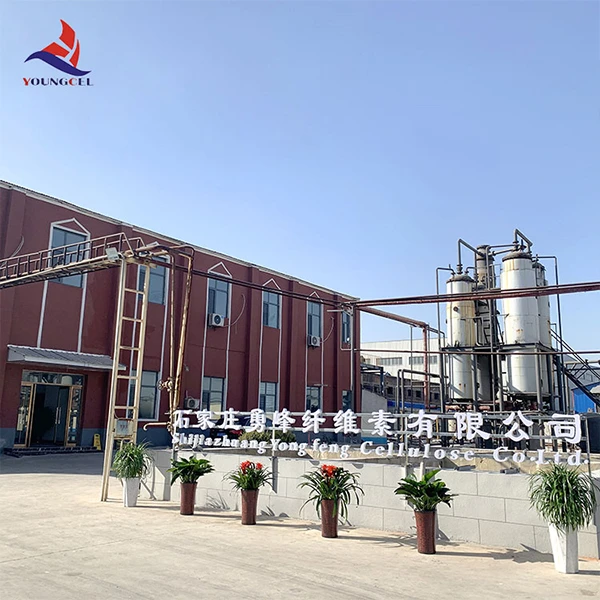The Role of HPMC in Building Coatings and Adhesives
Hydroxypropyl Methylcellulose (HPMC) is a versatile synthetic polymer derived from cellulose that has become a cornerstone in various industries, particularly in building coatings and adhesives. Its unique properties make it an essential ingredient, providing numerous advantages that enhance the performance, stability, and usability of products in the construction sector.
Properties of HPMC
HPMC is characterized by its high water retention, excellent film-forming abilities, and good adhesion properties. These attributes are vital for building coatings and adhesives, which require materials that can deliver high performance while ensuring durability and resistance to environmental effects.
1. Water Retention One of the standout features of HPMC is its capacity for water retention. In construction applications, maintaining moisture during the setting process is crucial. For example, in cement-based formulations, HPMC acts as a thickening agent that helps retain water, ensuring that the cement cures properly. This quality prevents cracking and enhances the final strength of the structure.
2. Film Formation HPMC can form a continuous film upon drying, which is essential for coatings. This film provides a smooth surface that enhances the aesthetic quality of the applied layer while serving as a barrier against environmental factors such as moisture, dust, and UV radiation. Such protective layers are particularly important in exterior applications where buildings are subjected to harsh weather conditions.
3. Viscosity Modification The addition of HPMC in coatings and adhesives allows for better viscosity control. This property helps in achieving the desired consistency, making it easier to apply products evenly. For contractors, this translates into better workability, reduced overspray, and lower material wastage.
4. Adhesion Improvement HPMC enhances the adhesion of various substrates. Its compatibility with other materials means that it can be used in a wide range of formulations, from tile adhesives to wall coatings. Strong adhesion is critical to the longevity of constructions, as it minimizes delamination and peeling over time.
building coating adhesive hpmc

Applications in Building Coatings
HPMC finds numerous applications in building coatings, including interior wall paints, exterior wall systems, and protective coatings. By improving water retention and film formation, HPMC contributes to the overall durability and performance of these coatings. For instance, in external wall paints, HPMC can aid in preventing chalking and provide a matte or glossy finish, depending on the formulation. Additionally, its ability to resist color fade and enhance the durability of surfacing materials makes HPMC indispensable for builders and architects alike.
Applications in Adhesives
In adhesives, HPMC serves as a critical component in cement-based tile adhesives, joint compounds, and more. Its properties allow the adhesive to remain workable for extended periods, improving open time and enhancing the ease of manipulation. Moreover, the film-forming capability of HPMC ensures that once set, the adhesive maintains a strong bond, even in challenging environmental conditions.
Environmental Considerations
As sustainability becomes a focus in the construction industry, the preference for eco-friendly and low-VOC (volatile organic compounds) products has increased. HPMC aligns well with these trends, as it is generally safe for the environment and does not contribute to air pollution. This property is particularly appealing to manufacturers aiming to meet regulatory requirements and consumer preferences for sustainable products.
Conclusion
The incorporation of Hydroxypropyl Methylcellulose (HPMC) into building coatings and adhesives significantly enhances the performance of construction materials. It provides water retention, film formation, viscosity modification, and improved adhesion, making it a fundamental ingredient in the industry. As the demand for durable and eco-friendly building materials continues to grow, HPMC will likely play an even more significant role, supporting innovations that contribute to safer and more sustainable construction practices. With its versatile applications, HPMC remains an integral component for builders looking to ensure the longevity and effectiveness of their projects.




